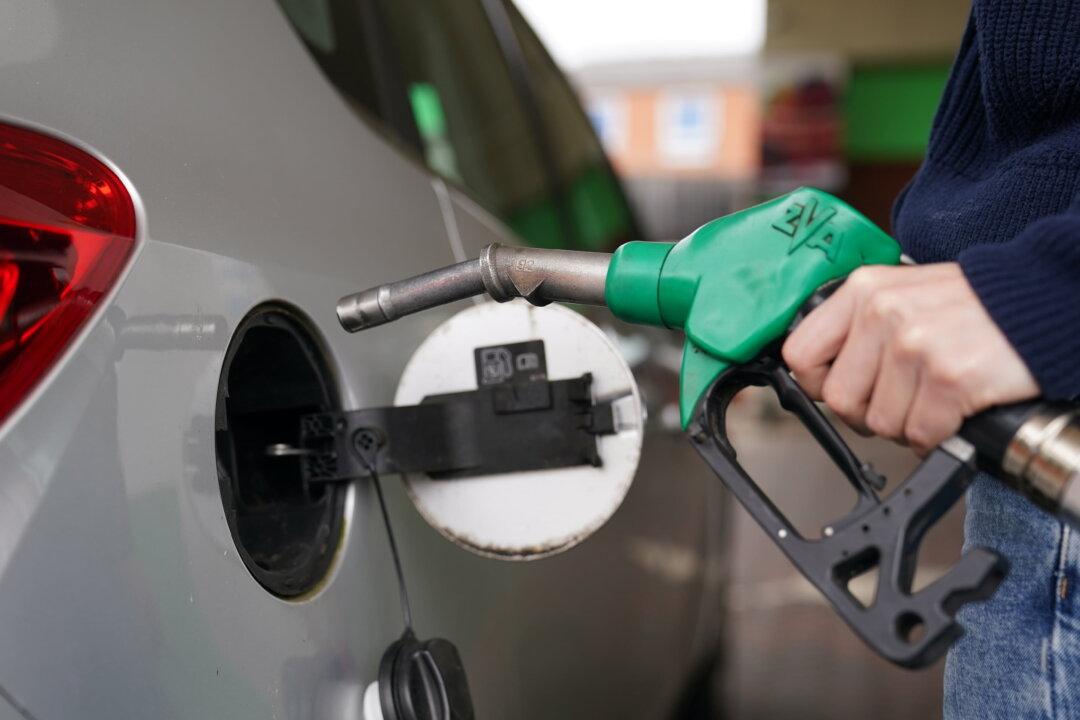The UK’s competition watchdog launched a market study into road fuel on Friday to understand how to bring down retail prices of petrol and diesel.
It comes as petrol prices in June saw the biggest monthly hike in 22 years.

The UK’s competition watchdog launched a market study into road fuel on Friday to understand how to bring down retail prices of petrol and diesel.
It comes as petrol prices in June saw the biggest monthly hike in 22 years.